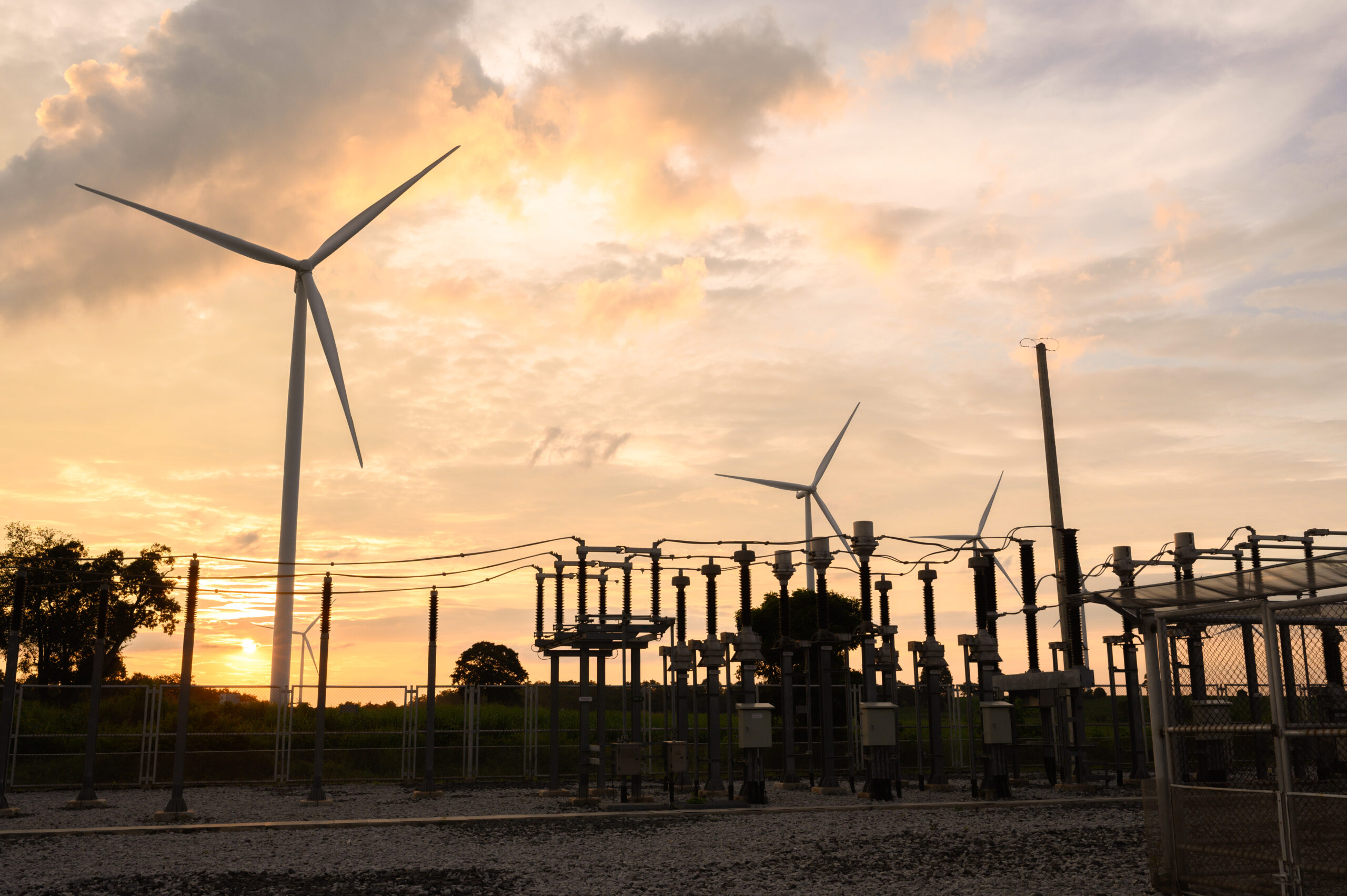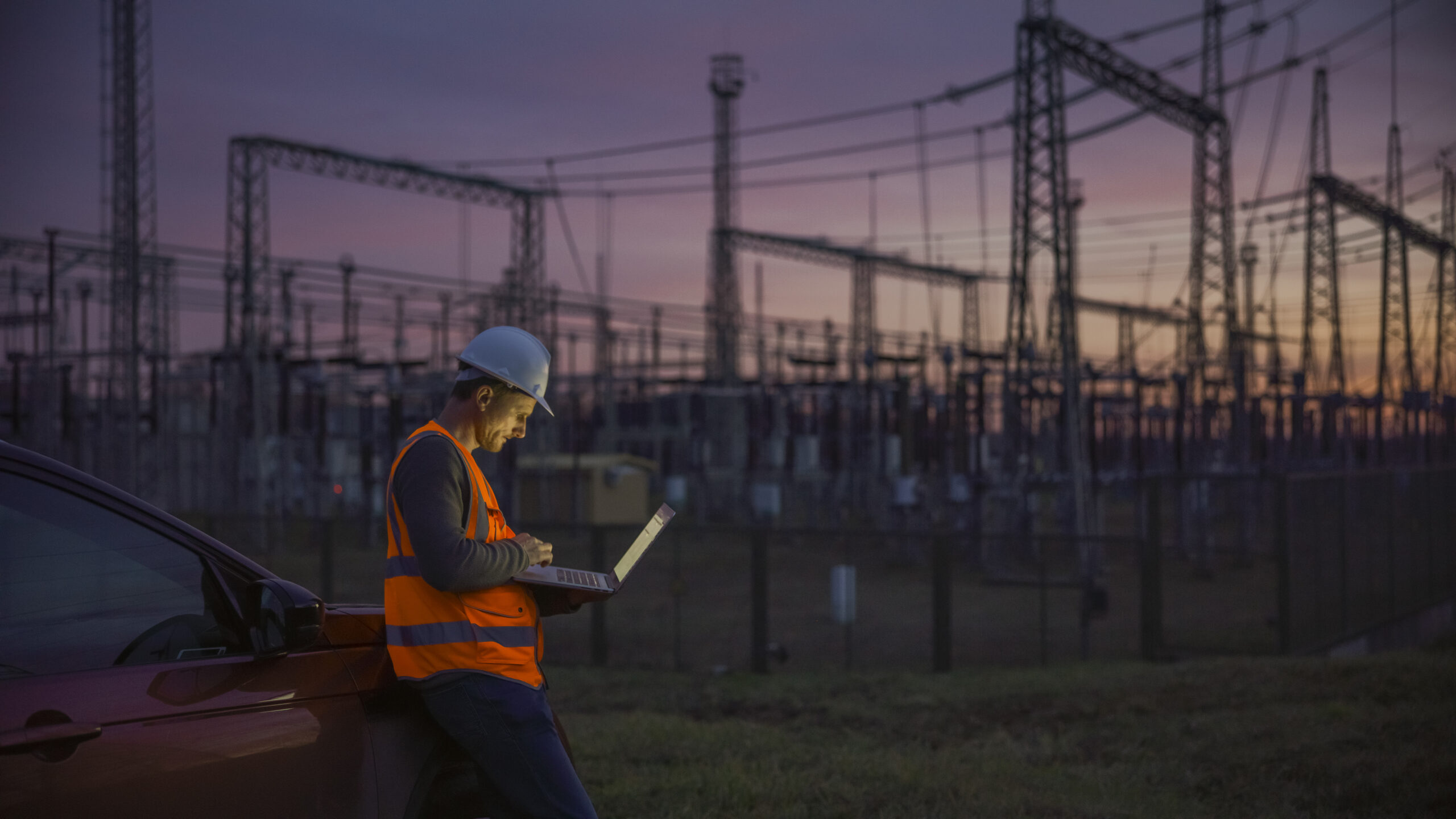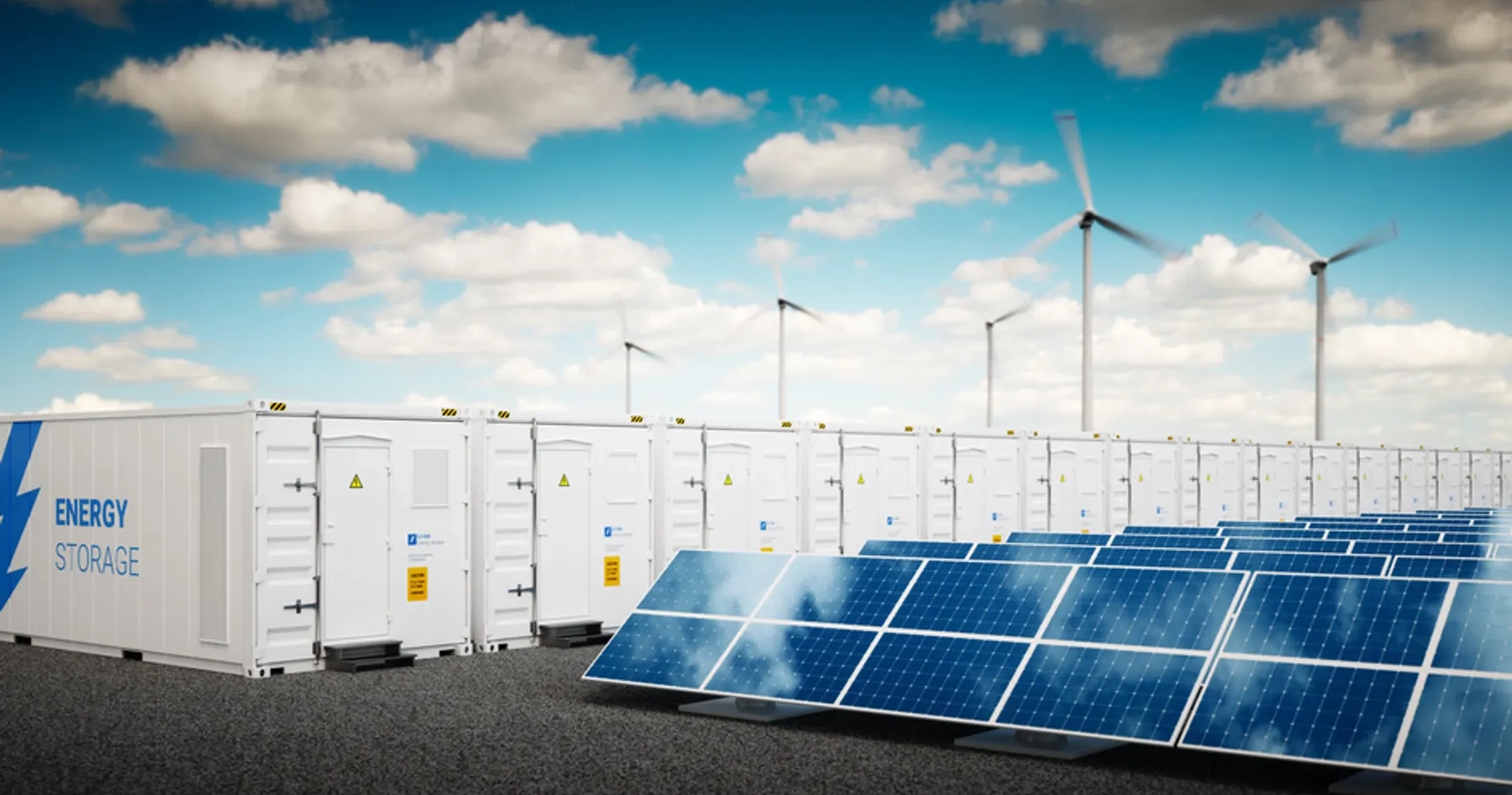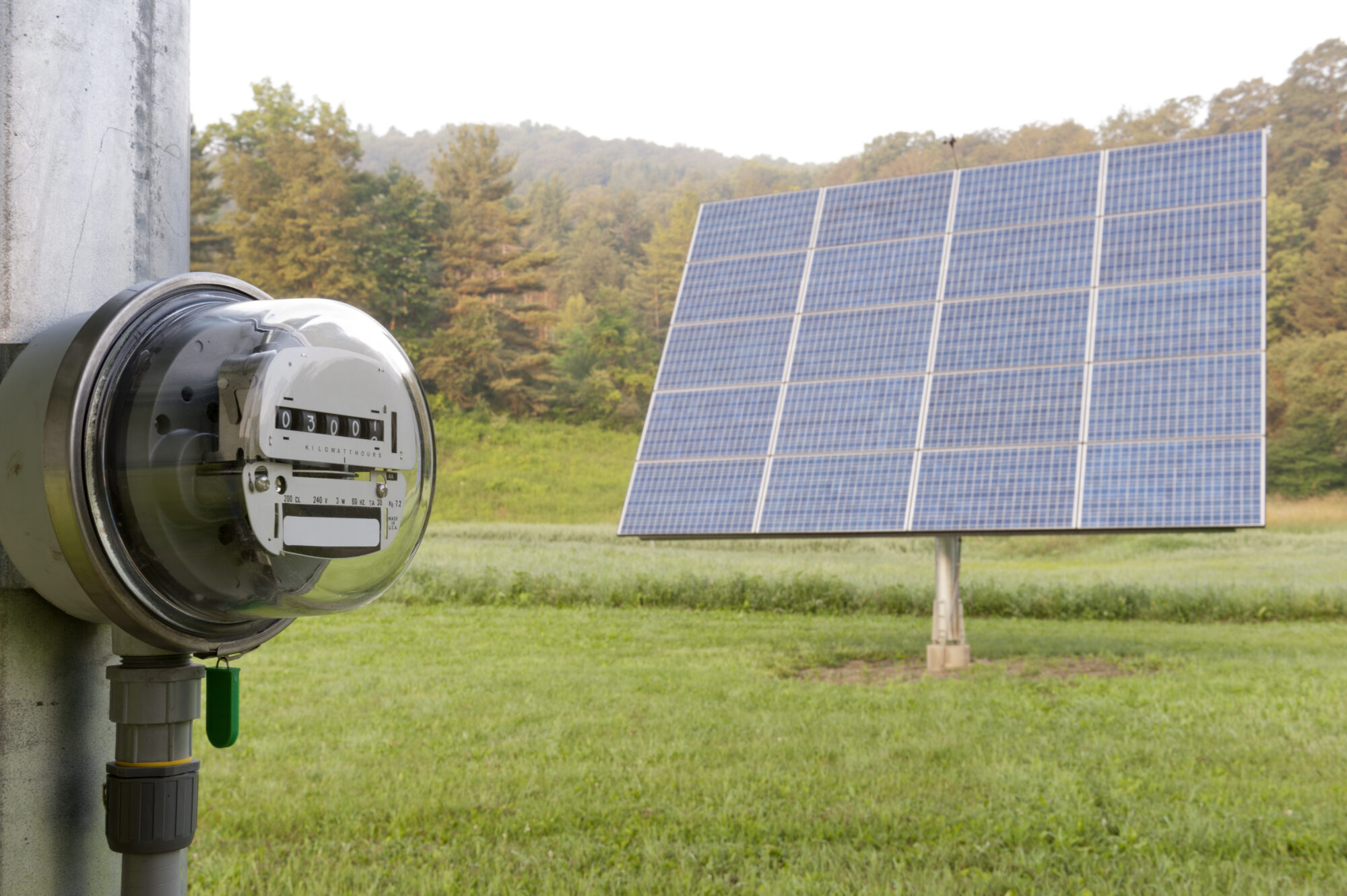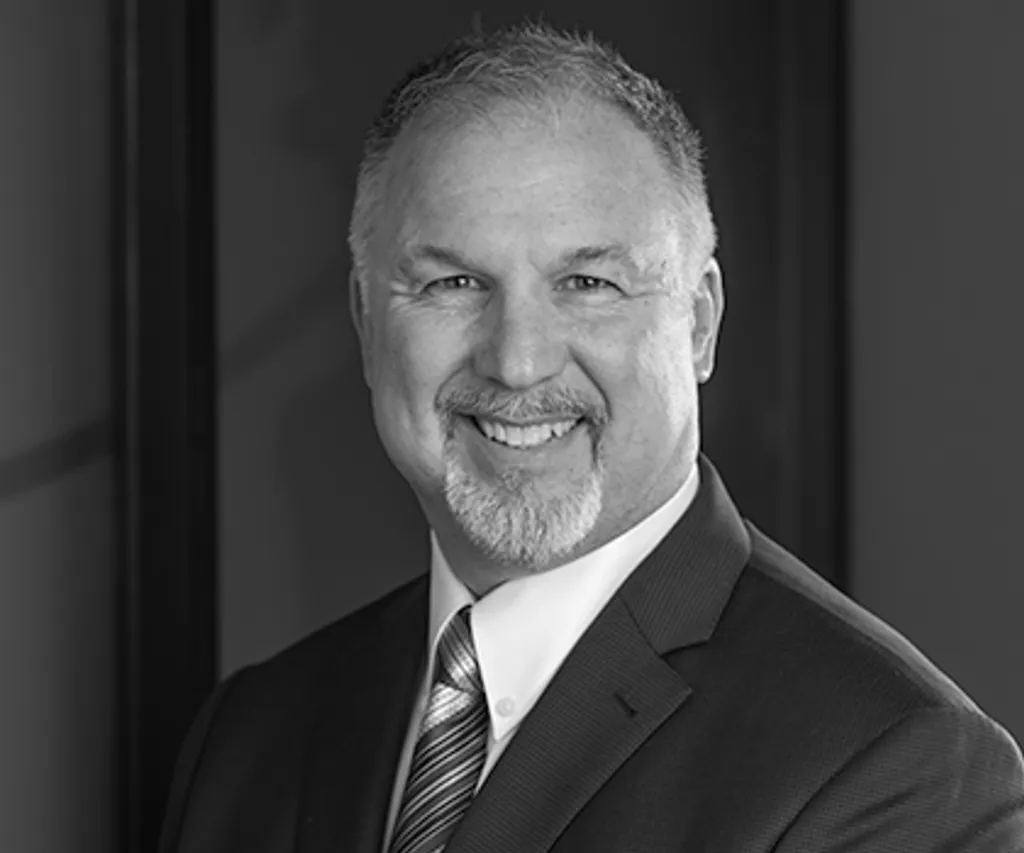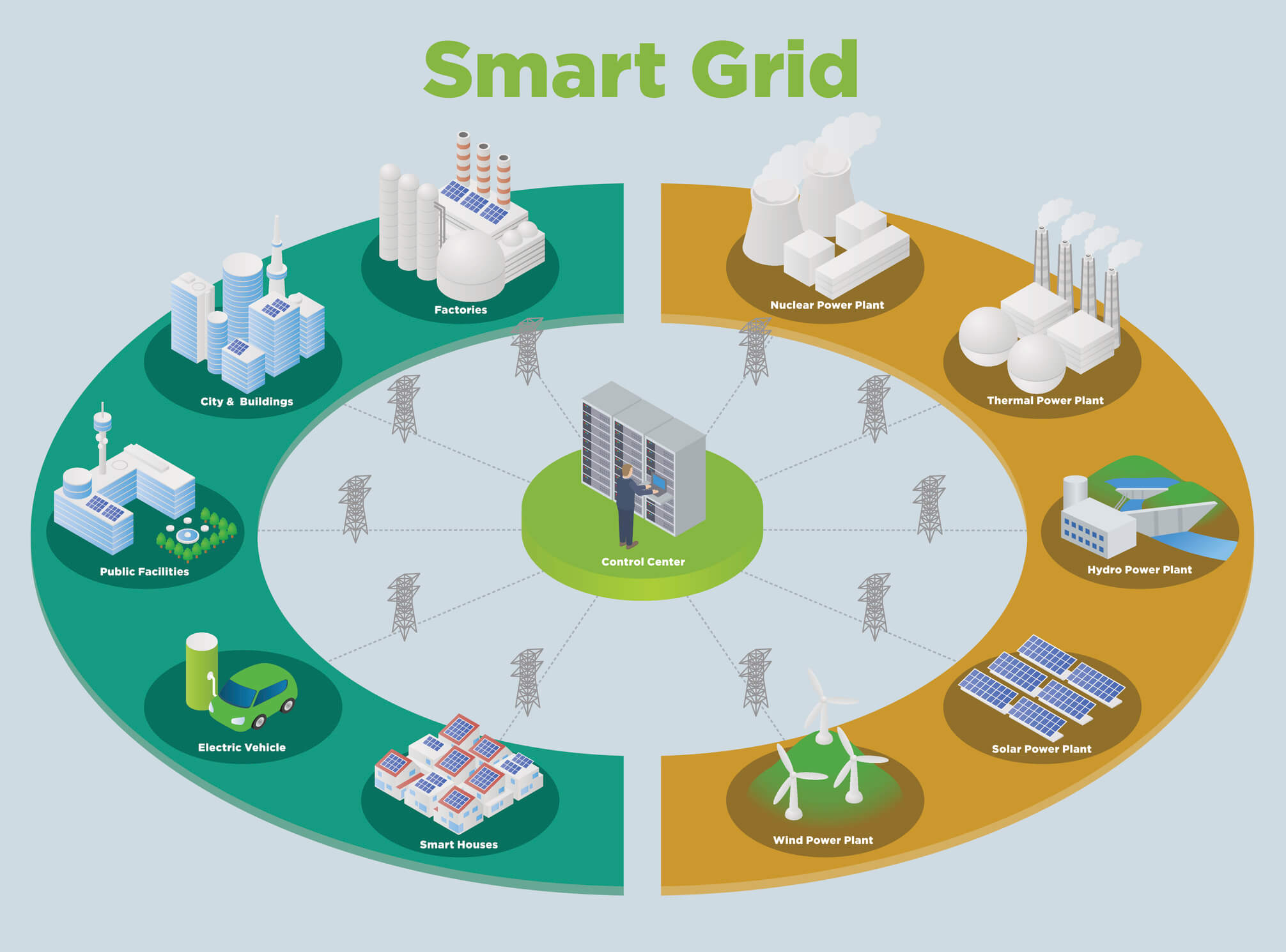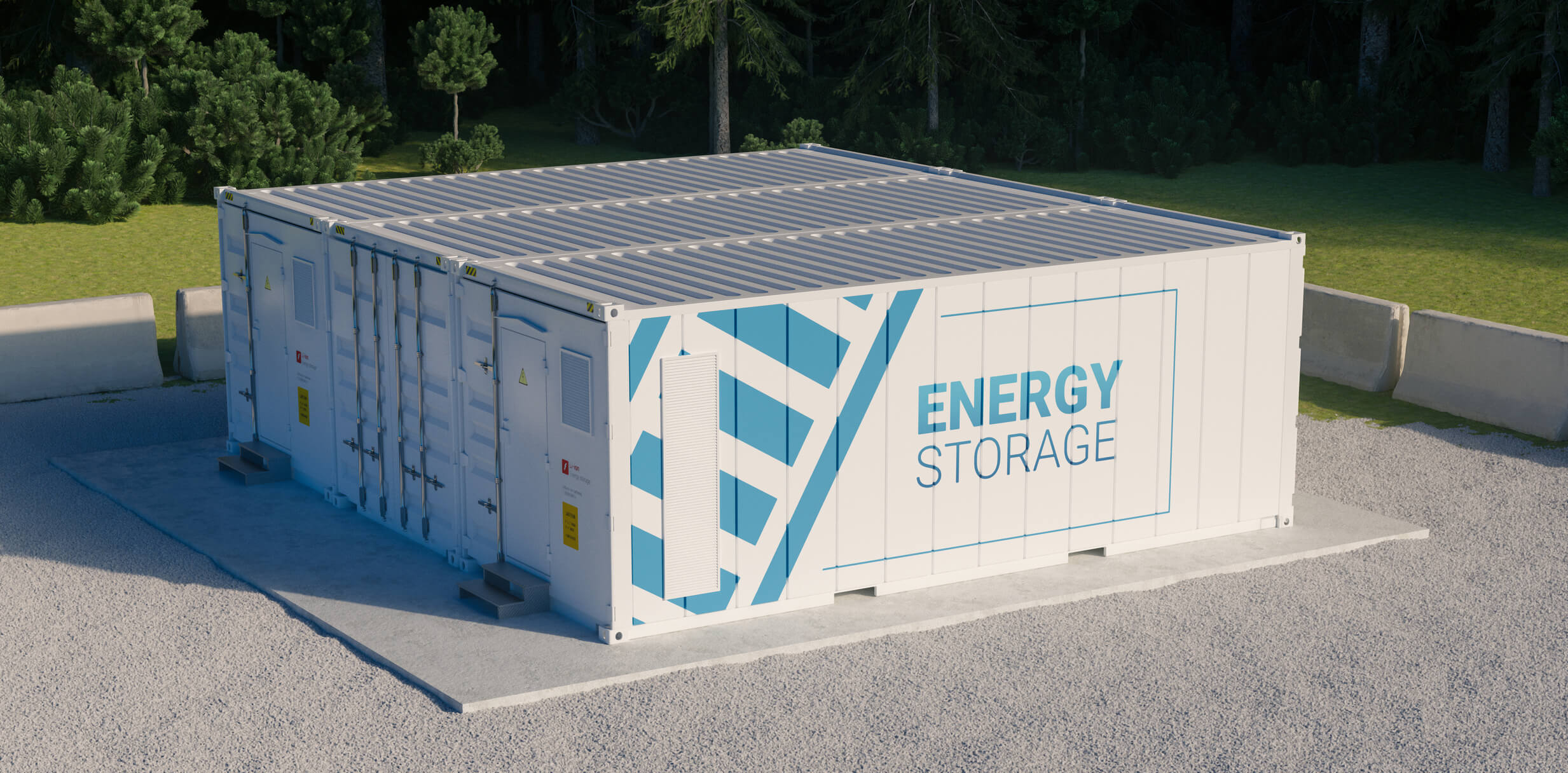October 13, 2020
Insight into how sustainable aviation fuel is paving the way for a cleaner aviation sector
Sustainable aviation fuel (SAF) is a drop-in replacement for conventional jet fuel (CJF) that can significantly reduce full-fuel-cycle greenhouse gas (GHG) emissions from jet aircraft engines. Currently, SAF is required to be blended with CJF at up to 50 percent SAF by volume. Of the seven certified processes to produce SAF, one pathway (hydroprocessing of esters and fatty acids, or HEFA) currently accounts for more than 95 percent of the SAF used in commercial aviation. Neat SAF produced using the HEFA process currently reduces full-fuel-cycle GHG emissions from jet aircraft by approximately 60 percent compared to using baseline CJF. SAF that will be available in the near future (from HEFA or other pathways) will likely provide even greater GHG-reduction benefits.
The world’s commercial aviation sector contributes roughly two-to-three percent of combustion-related GHG emissions. In California’s Bay Area (greater San Francisco-Oakland), aviation contributes about six percent of transportation-related GHG emissions. Compared to surface (ground and water) transportation modes, the aviation sector presents greater challenges to decarbonize. Commercial aviation companies have made important strides to reduce carbon emissions through aircraft fleet efficiency improvements, but SAF has emerged as the leading approach to further reduce GHG emissions from jet aircraft.
There are currently four LCFS-certified “pathways” to produce SAF; all four use the HEFA process and animal tallow feedstock at World Energy’s biorefinery in Paramount, CA. These pathways provide full-fuel-cycle GHG reductions ranging from 52 to 73 percent relative to baseline CJF. Although SAF must currently be blended with CJF (having higher carbon intensity), each SAF gallon ultimately displaces one CJF gallon and therefore provides GHG reductions based on the relative carbon intensities of the two neat fuels.
SAF blends can also improve local ambient air quality, especially within airport boundaries and adjacent areas in close proximity to large numbers of jet “Landing and Take Off” (LTO) events. Specifically, SAF blends can significantly reduce direct aircraft emissions of fine particulate matter (PM), sulfur oxides (SOx), and carbon monoxide (CO). Although more studies are needed, displacing neat CJF with SAF blends also appears to reduce black carbon emissions and provide beneficial alterations of ultrafine particle emissions from jet engines. Based on studies to date, it appears that SAF does not significantly change NOx emissions from the jet engines, and therefore it does not seem to advance ozone-reduction strategies in the Bay Area or other urban areas.
Related Services
Download the Sustainable Aviation Fuel: Greenhouse Gas Reductions from Bay Area Commercial Aircraft White Paper
Publish Date: October 2020
Client: Bay Area Air Quality Management District
This white paper was authored by GNA, which is now TRC’s clean transportation solutions team.
Sharing Our Perspectives
Our practitioners share their insights and perspectives on the trends and challenges shaping the market.
Grid Resiliency: Perspectives Across the Power Grid
April 16, 2025
In today’s changing energy landscape, grid resiliency is a top priority for all power system owners and operators. The ability to absorb disruptions and maintain power is crucial in an increasingly unpredictable world.

Take the Right Approach to Implementing DERMS
March 27, 2025
Implementing DERMS can come with challenges. By understanding the unique challenges related to DERMS and adopting the appropriate strategies to mitigate potential pitfalls, utilities can effectively integrate and coordinate DER deployment to align with regulatory commitments and broader business objectives.

How ISOs, RTOs and Utilities Can Effectively Manage Massive Data
March 20, 2025
In today’s rapidly evolving energy landscape, Independent System Operators (ISOs), Regional Transmission Organizations (RTOs) and utilities face unprecedented challenges in managing vast amounts of data.

Download Whitepaper: 10 Years of Insights for Clean Community Microgrids
March 1, 2023
Clean, community microgrids represent a promising and timely opportunity for you to advance your customer offering and deliver meaningful societal benefits, all while modernizing your grid and providing you with load flexibility.

Decarbonization: A Systems-Level Challenge and Actions to Address Climate Change
December 7, 2021
Carbon elimination of the magnitude needed to address climate change requires systems-level change that can only be reached by incremental, ground-up progress, building upon what we have achieved thus far.
How Do Energy Storage Systems Work?
October 18, 2021
For more than five decades, TRC has brought efficient, resilient energy systems to the world. We understand the challenges of implementing energy storage projects.
City of Camarillo, California approves moving forward with Hybrid Solar Microgrids at five critical community facilities
November 6, 2020
On October 28, the Camarillo City Council unanimously approved moving forward with the design of Hybrid Microgrids at five City facilities: City Hall, the Corporation Yard, Camarillo Public Library, Police Station, and Wastewater Treatment Plant. The microgrid at the Camarillo Public Library will be designed with solar+storage only, while the other four sites will employ a hybrid design of solar+storage+diesel.

TRC Digital partners with Dominion Energy to evolve its distributed energy resource strategy
September 22, 2020
Dominion Energy, one of the nation’s largest producers and transporters of energy, has partnered with TRC Digital to evaluate, implement and integrate technology to further the utility’s distributed energy goals. TRC Digital will facilitate Dominion Energy’s strategy development and technology execution, allowing Dominion Energy and its customers to accelerate the shift to distributed energy resources (DER) and net carbon reduction.

TRC Digital and Enbala can help utilities monitor, control and optimize distributed energy resources
April 17, 2020
Distributed energy resources (DERs) are changing the way utilities think about power generation and energy flow. TRC and Enbala can offer utilities a multi-layered solution that highlights the strengths of each company.

TRC and partners win $1 million grant for engineering innovative New York microgrid
April 20, 2017
TRC is proud to support Huntington, NY bolster power reliability and climate-change resiliency with a sophisticated new “community microgrid’’ combining solar energy, a fuel cell, biogas and traditional natural gas to deliver electricity and heat to local customers and institutions.
Start the Conversation
Let’s connect to discuss how TRC can help you drive a more sustainable future.



